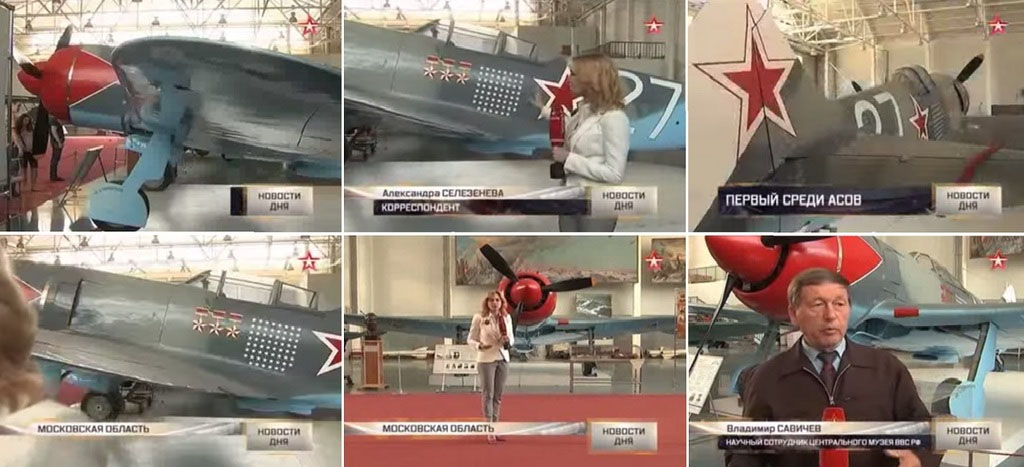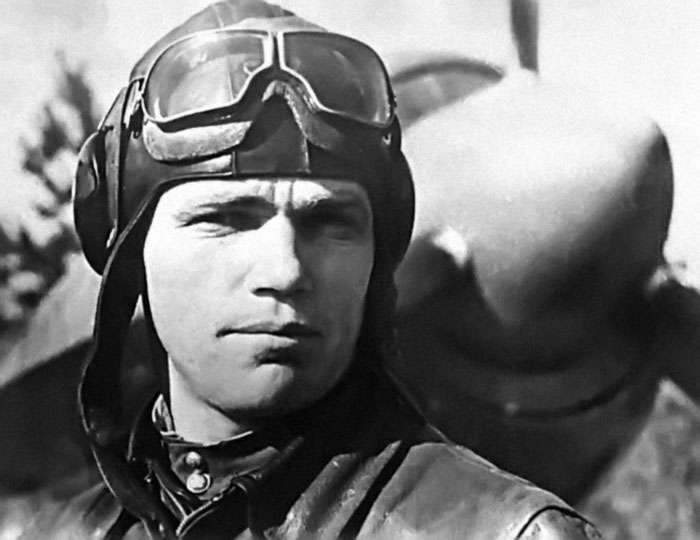
image from www.airpages.ru
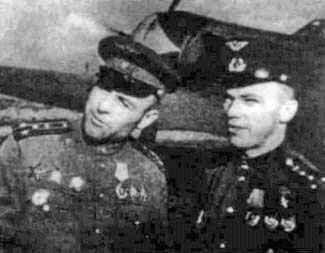
The 19 iap became 176 giap in August 19, 1944 when rearmed to new La-7. (or july?)
Ivan Kozhedub arrived to this regiment 3 days later, together with other pilots.
He was already a famous ace from 240 iap, with a score of 45 kills, awarded as Hero of The Soviet union on 4 February 1944.
On 19 August 1944 he was awarded a second medal, this time a Gold Star.
He became the deputy commander of the unit.
On August 23, 1944 Kozhedub found his La-7 "27", the aircraft in which he arrived to the 176 giap, painted red on the engine cowling and white on the tail to look like other machines in this regiment.
On this photo, we see the commander of 176 giap col. P.F. Chupikov (left) and his deputy cap. Kozhedub (right) in August 1944.
176 giap received new La-7s on August 1944.
The plane is a La-7 (recognizable from La-5s for the different flap on the exhaust stacks).
The red triangle on the nose looks concave; difficult to say if it is for a choice of the painters, or for a banal unaccuracy in the masking phase.
photos from "Lavockin La-7" by M.Vestsik, MBI
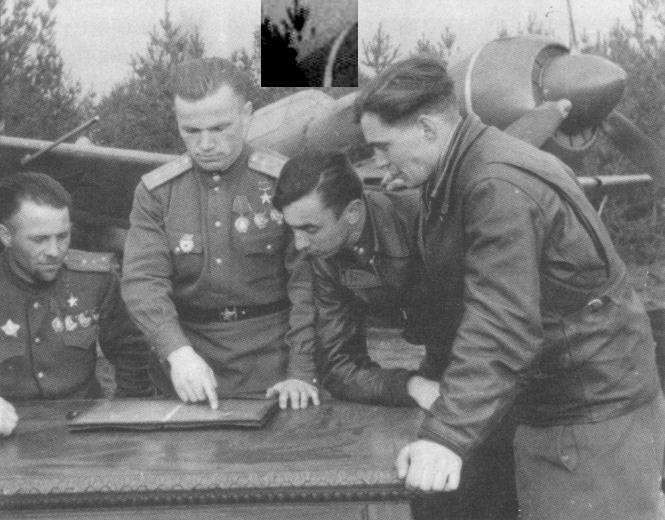
Kozhedub was awarded with the second HSU on August 19, 1944. On this photo he has still one HSU Gold Star, so it shoud be around or before August 19, 1944.
The plane on the background (not necessarily his '27') has a red spinner and front ring and red triangles, as standard for this unit; from the photo, it seems that there is not any white outline around the red triangle.
From photos, it seems that not all the planes of the units had white outlines. It is possible that plane 27 received the white outlines only in a second time.
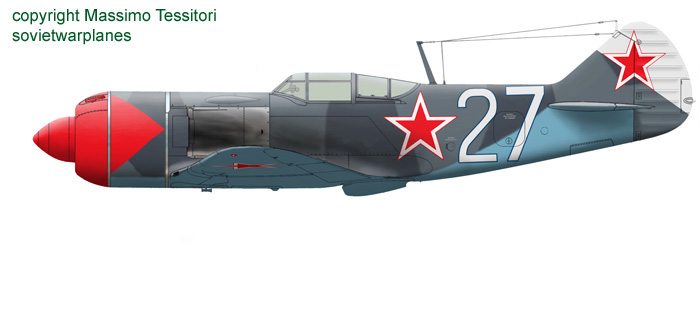
Here is plane 27, represented as it was probably painted some days after its arrival to 176 giap, with standard red nose and white triangle on the tail.
The blue outline around the number was a factory standard.
The serial of the plane (as now preserved in the Monino museum) is 45210127, where:
- 45 is for La-7
21 is for Zavod 21 at Gorky (now Nizhny Novgorod)
01 is the series (very early)
27 is the unit within the serie, the same of the bort number on the fuselage.
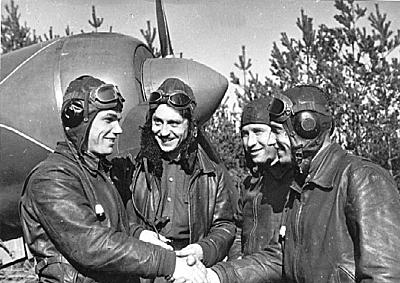

The photo shows a plane (not necessarily plane 27) with the red triangle on the nose outlined with white lines.
It's very likely that plane 27 received the white outlines during its operative service.
Kozhedub obtained his 62nd victory, his last claim during the WW2, over Berlin on 16 April 1945.
According to the memoirs of pilot S.M. Kramarenko, he flew Kozhedub's "White 27" while the Deputy Commander was in Moscow for the May Day celebrations until the end of the War, for about three weeks.
Kramarenko referred that plane 27 carried no victory starlets nor medals or anything particular painted on the side during the war, and that they were painted later at the Frunze Academy.
According to a reconstruction due to Stankov, that claims to have spoken to Kozhedub himself, the white spinner visible in postwar photos was already introduced before the war's end, and there was a Guards badge on the left side of the nose, overposed to the red triangle.
http://top-50.ru/posts/396006-c6ad32f5260e27780a6b41bcd0798cb9
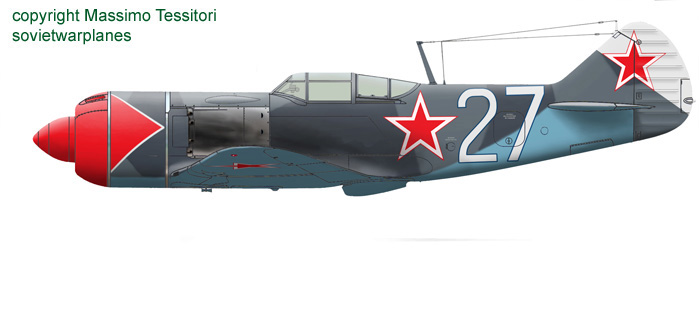
A reconstruction of the plane of Kozhedub as it appeared between late 1944 and the end of the war, with white outlines on the red triangles on the nose.

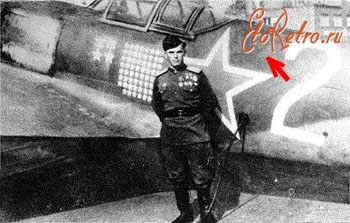
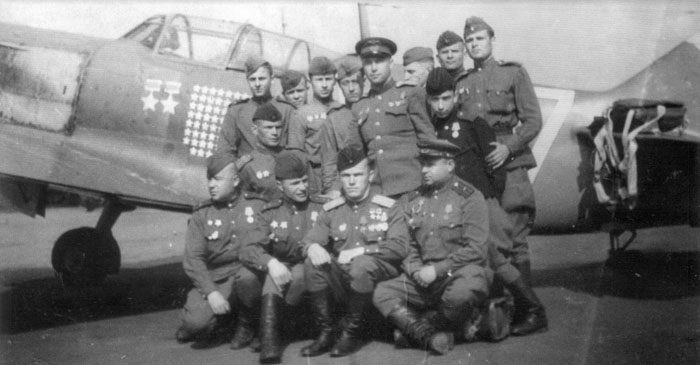
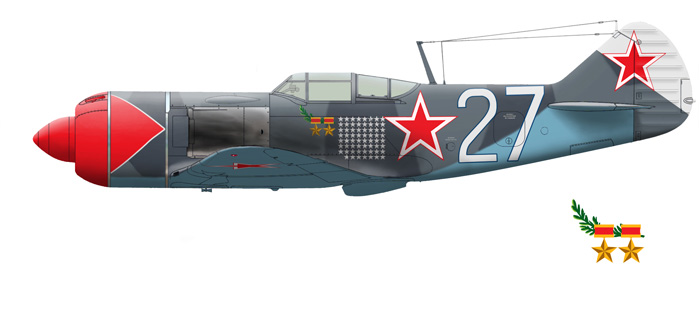
Some famous photos were published with the plane still operative after the return of Kozhedub to his unit and the war's end.
They show that two HSU medals and 62 victory starlets were painted (at least) on the left side of the fuselage.
These photos don't show the nose of the plane, so we don't know if it was still as during the war, or has already received the white spinner nd the markings on the nose side that we see in later images.
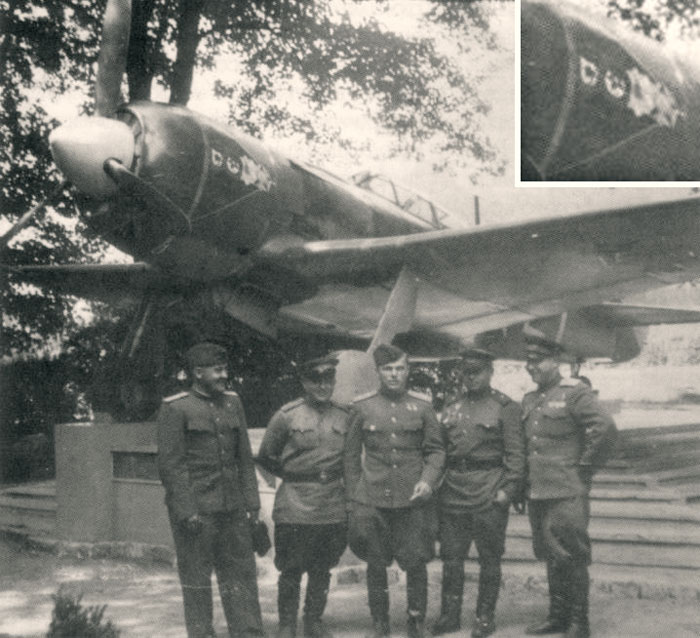
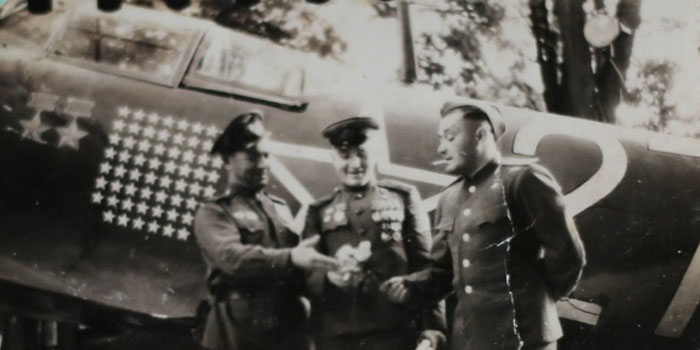
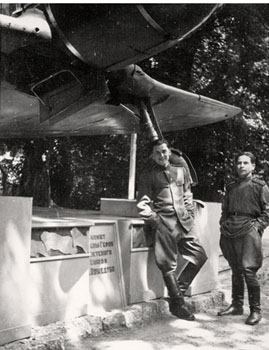
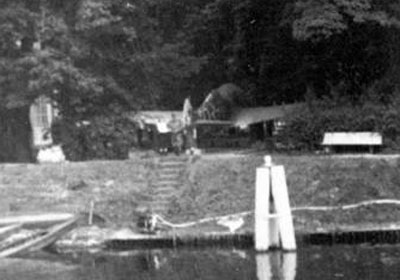
The plane of the ace was exposed on a pedestal
The second exhibition "Fighting way the 16th Air Army. From the Volga to the Elbe", where Soviet and German military equipment was displayed, was held near Berlin in Woltersdorf..
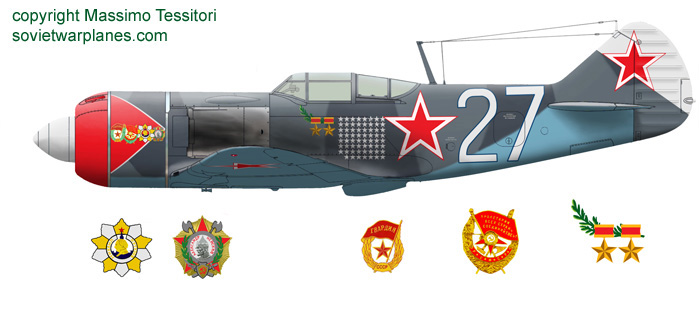
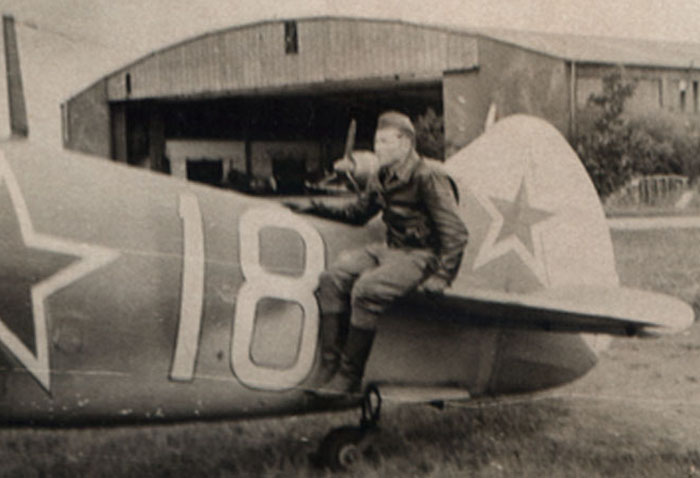
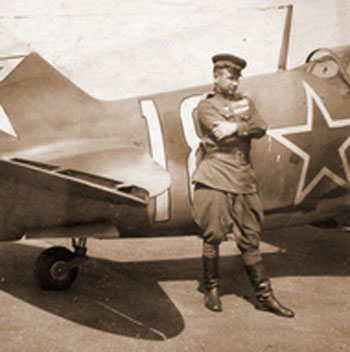
Two photos of A.S. Kumanichkin of 176 giap and his plane '18', that is supposed to be very similar to that of Kozhedub in its operative period.
The plane shows clearly the 2 greys standard camouflage and the white oblique cap on its tail. No doubt that it had red nose as Kozhedub's one.
Some profiles represent it with 36 victory starlets on the left side, more or less as the one of Kozhedub after the war's end.
Kozhedub was awarded with his 3rd HSU Gold Medals after the WWII, on August 18, 1945. Only then his final score was officially closed.
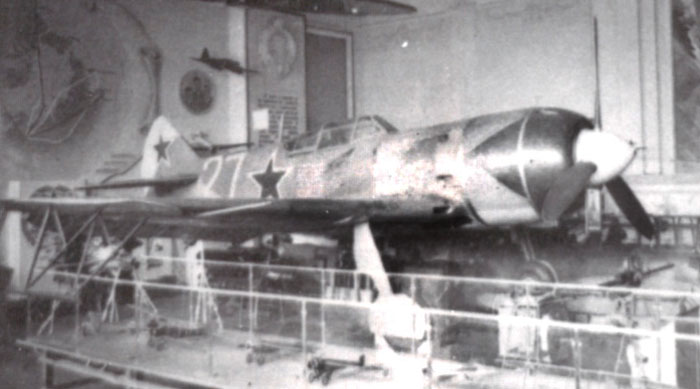
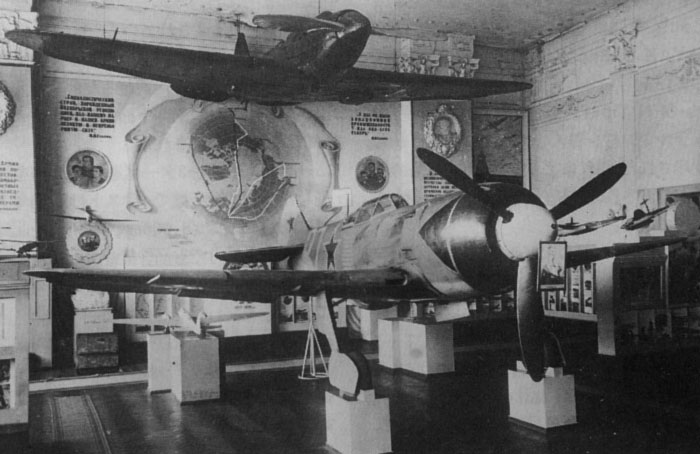
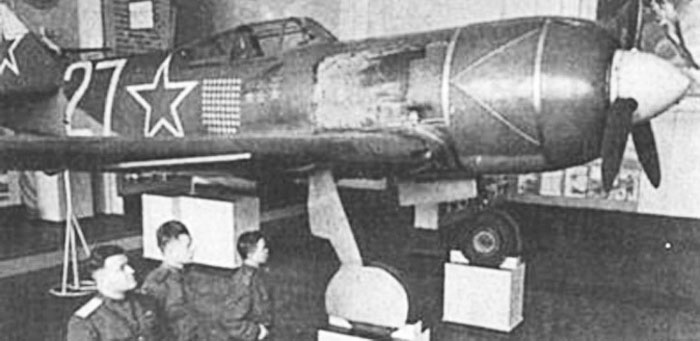
Two photos of Kozhedub's La-7 in TsDAK during the '50s.
The plane seems to have still the finish elaborated for the show of 1945, the only addition being the addition of the third HSU medal painted on the sides of the fuselage (probably both sides, even if all the images in TsDAK show the right side only). Note how roughly misaligned is the added medal when compared to the first two ones.

Kozhedub's La-7 was transfered to Monino museum in July 1960.
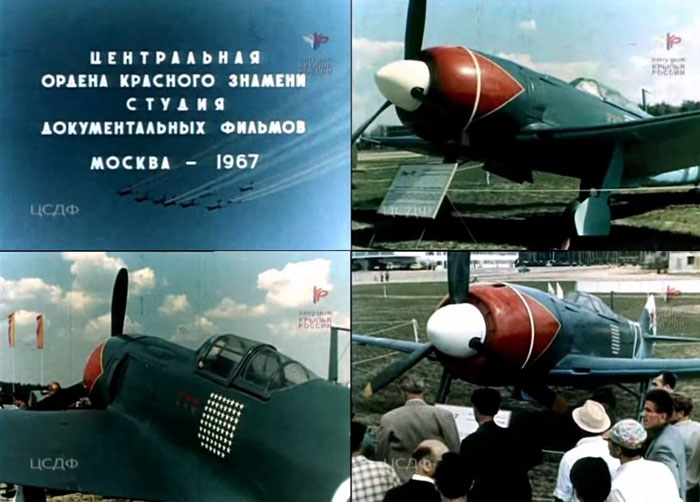

The plane was repainted for the Domodedovo show near Moscow in 1967: now the livery was dark grey on upper and side surfaces, and light blue on the undersurfaces. Red stars were added on the uppersurfaces, and the medals were aligned; the branch was moved under the medals, not on their background.
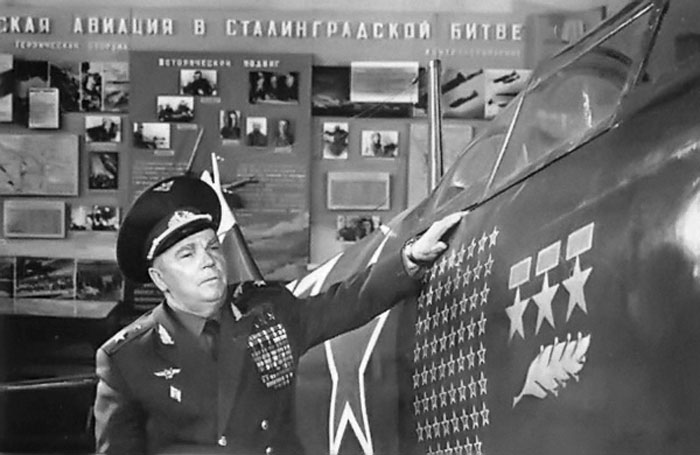
image from www.23ag.ru
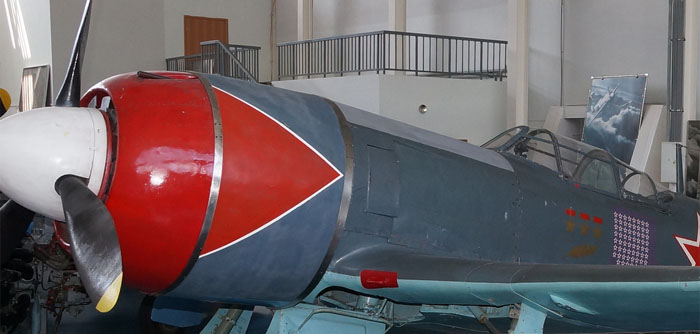
A relatively recent image of the La-7 in the museum shows that the uniform grey finish started to deteriorate and some panels had to be repainted, without matching the previous shade of grey.
https://www.flickr.com/photos/70364571@N05/9283184267/in/photostream/
Below: the plane was repainted again by a group of volunteers in 2015, and now it is much more convincing than before.
Only, from historical photos we know that the third HSU medal was painted on after the white repainting of the spinner, and after the additions of four emblems on the nose. The yellow tips of the propeller aren't a realistic touch too.
